Everything you need to know about dill, including how it’s used, what it tastes like, its many health benefits, and more!
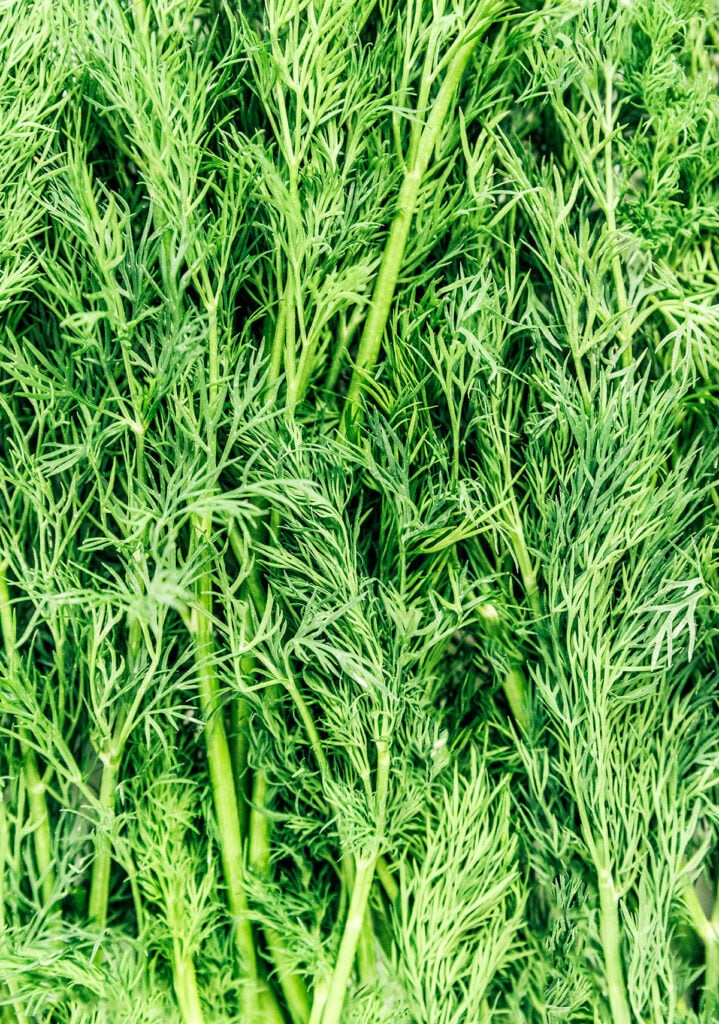
What is dill?
Dill, like other types of herbs, is used in cooking for its great flavor. You may see it referred to as “dill weed,” but that is just another name for the plant minus the seeds. The plant is part of the celery family and is grown naturally in Africa, Europe and Asia. However, you can now find it grown worldwide, and its resistance makes it a great herb for growing at home!
You will see both fresh and dried in the grocery store. Though many herbs’ dried counterparts taste just as good as the fresh stuff, dill is one whose fresh variety far outweighs the dried. For this herb, I suggest using fresh! It has a stronger, brighter flavor!
What does dill taste like?
Do you like dill pickles? If so, you like the flavor of dill! The herb contains a citrusy, slightly earthy flavor that you taste in the pickle variety. The flavor is strong, which makes it great for pickles to begin with (it’s also a staple in ranch dressing!).
You only need a bit of dill to notice it in your dishes. You can use it as a garnish, mix it into sauces, marinades, or dressings, or prepare it with potatoes, veggies, salads, soups, bread dips, etc. If a dish could use some strong, citrusy, tangy flavor, this herb is your best option!
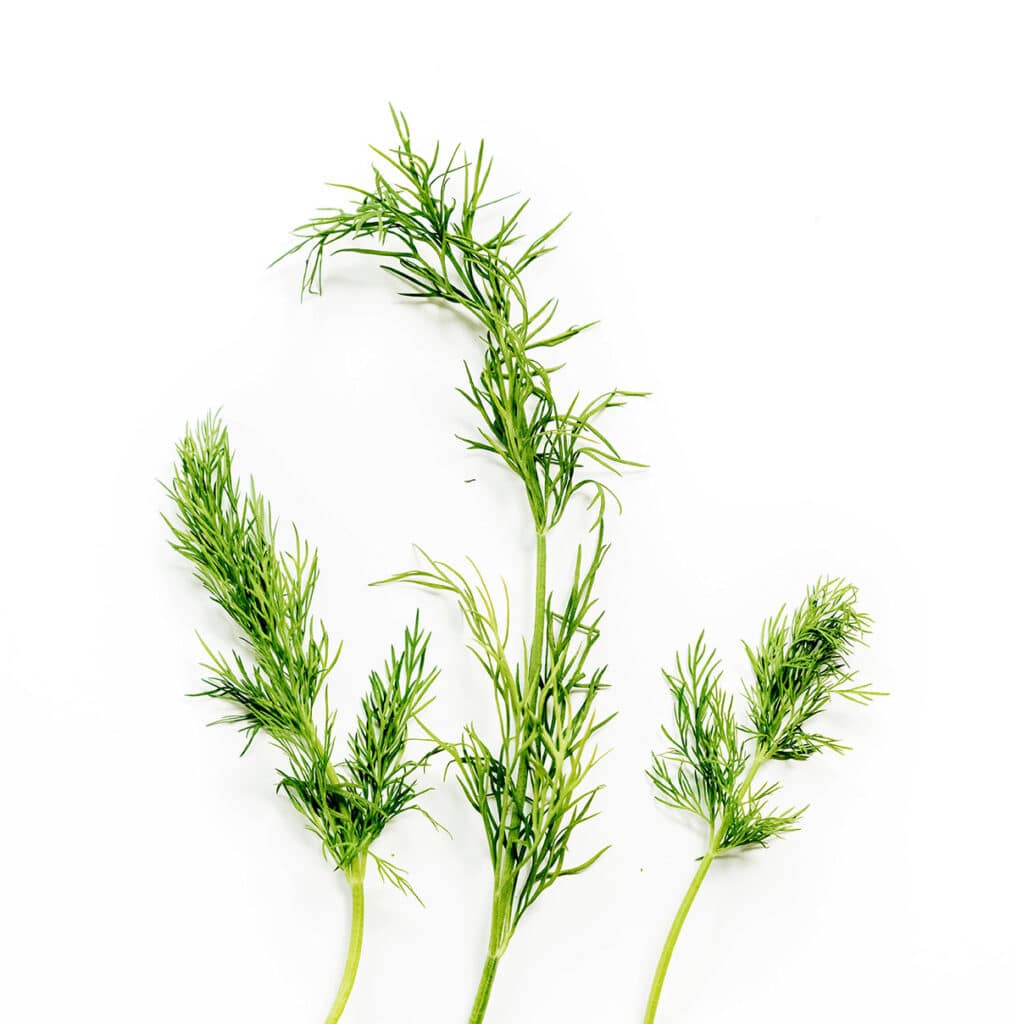
Health benefits of dill
Like other herbs, this one comes with a lot of health benefits. It is used topically in soaps and other bath products (thanks to its antibacterial compounds), and it even sneaks into holistic medicines here and there!
Because the nutrients in dill are good for digestion, many people find it to be helpful for stomach and bloating problems. It’s also anti-inflammatory, which is helpful for reducing joint pain and other side effects of inflammation.
Overall, it is a great source of antioxidants, calcium, iron, and Vitamins A and C, and it supports your body from head to toe. Think bone and heart health, blood sugar, and cholesterol!
Where is dill grown?
Dill (like rosemary and thyme) originally comes from the Mediterranean region, Africa, and Russia. However, you can now find it grown in countries around the world.
It is very possible to grow in your at-home herb garden. Just be sure it’s getting enough light! Outdoor is best (vs an indoor windowsill garden), and the plant will do okay in temperatures as low as around 25°F (though of course, you wouldn’t want to subject it to those temperatures during its entire growth cycle).
After planting, it takes 7-9 weeks for a dill plant to reach maturity. At this point, it is ready to harvest and enjoy!
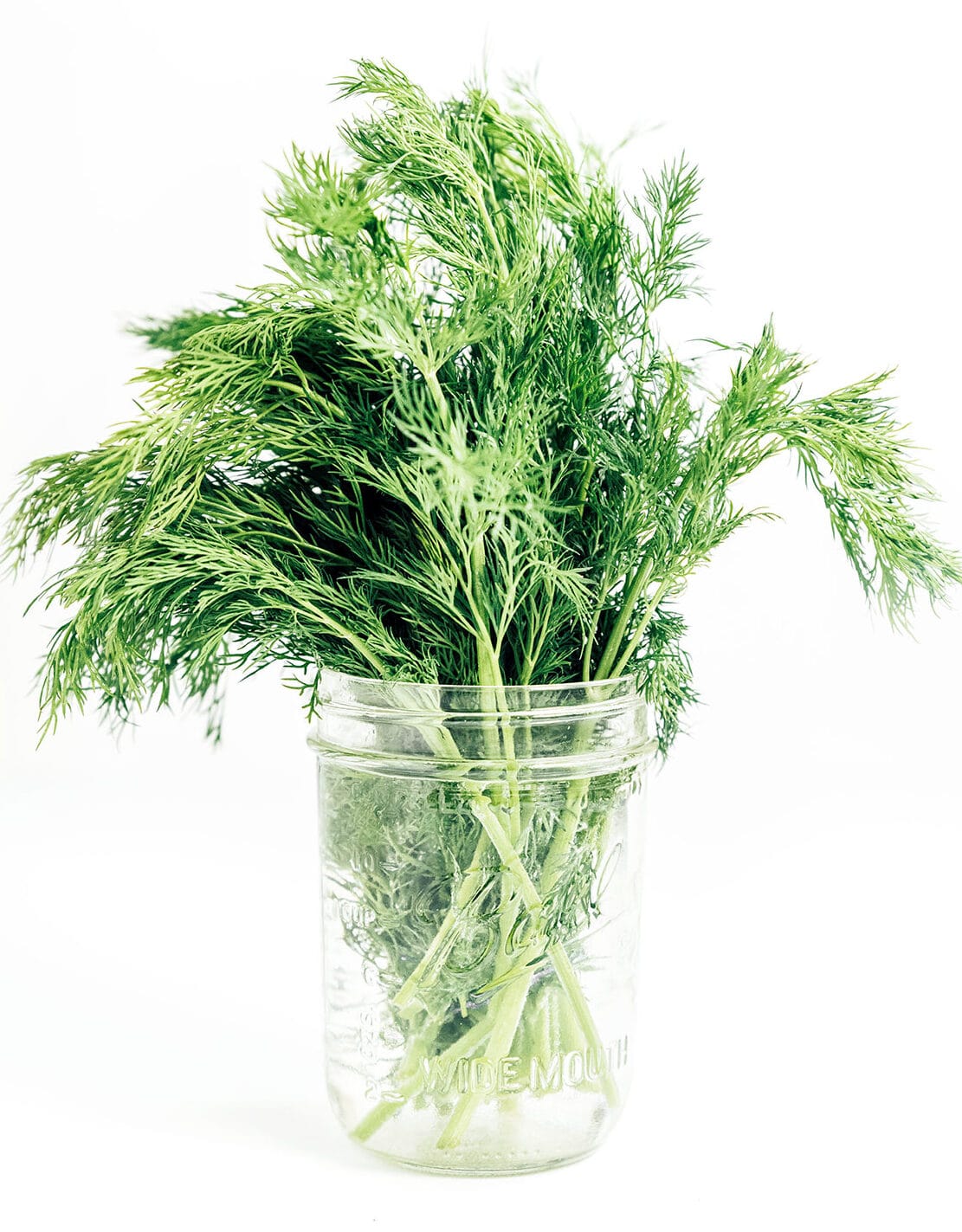
How to clean it
Dill can be cleaned by placing it in a bowl filled with cold water. Swish the herbs around a bit to remove some of the dirt. Then, gently run them under cold water using a light stream.
Lay the herbs out on a paper towel. You can let them air dry or lightly tap them with another towel to remove some of the excess water.
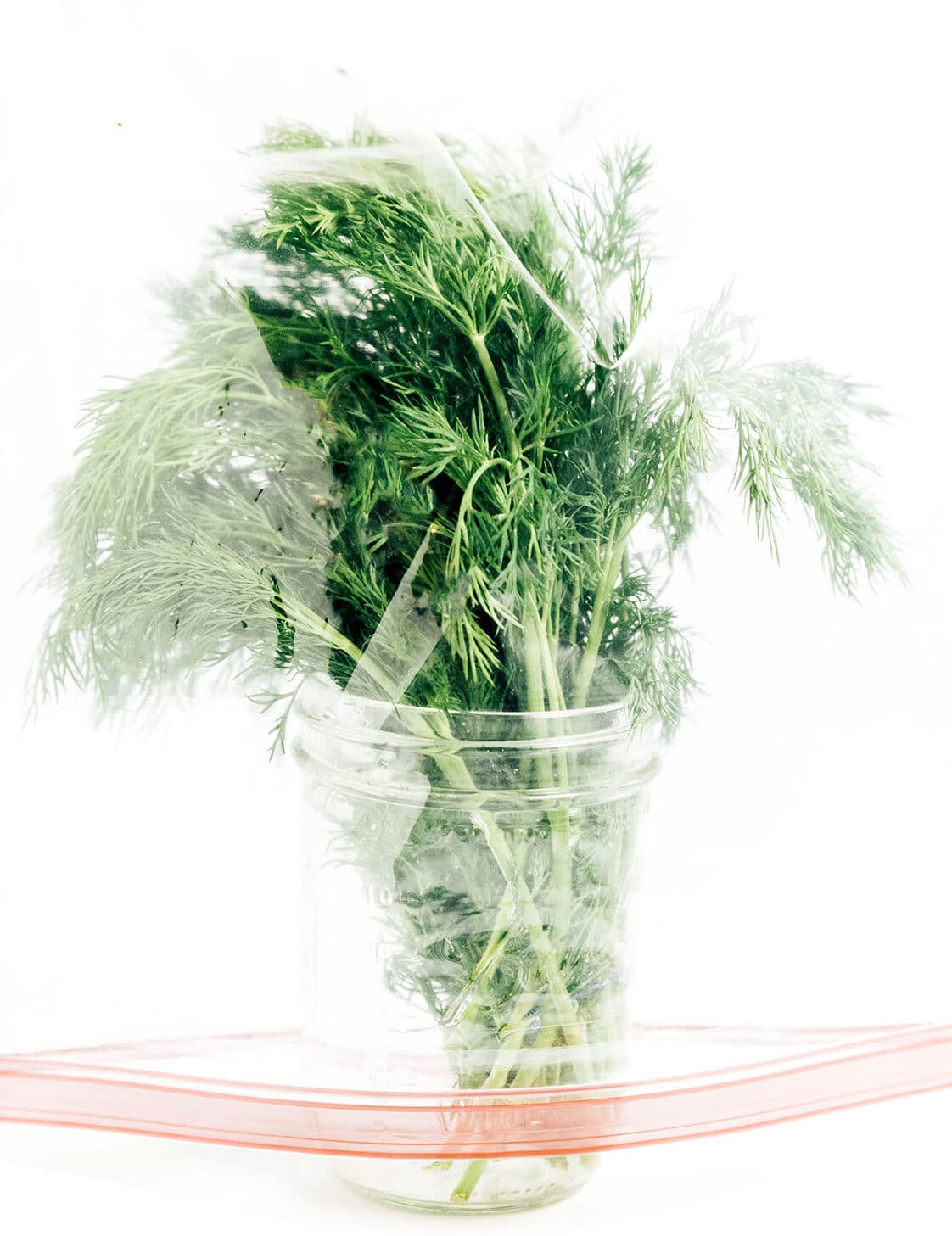
how to store it
To store dill, fill a mason jar about 2/3 of the way with water, and then place the herb inside. Open a plastic sandwich baggie and place it over the top. Then, store the baggie-covered jar in the refrigerator.
Using this method, you should have a little more than a week to use it. If you notice black spots or wilting, a new batch is needed!
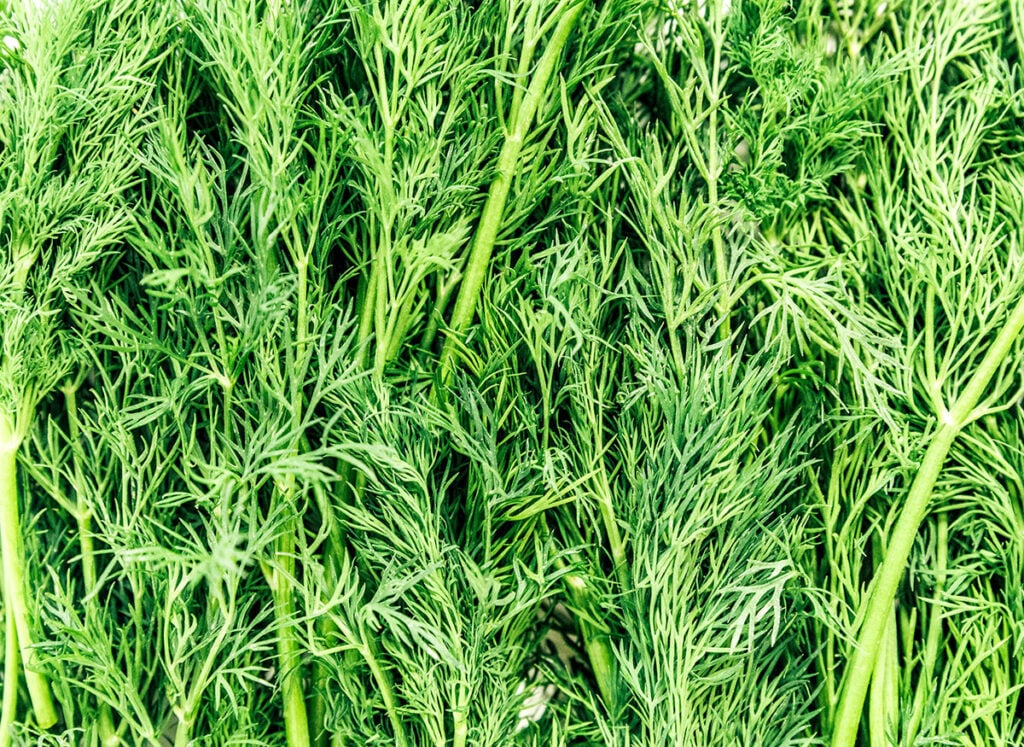
try the herb in these recipes
Dill does very well in tangy to or savory dishes, making it a great addition to all of these recipes!
- Dill pickles are the best, and these Air Fryer Fried Pickles make a mouth-watering app!
- Try dill in this easy 5 Minute Tzatziki Sauce, perfect for dipping your favorite veggies.
- A Creamy Cucumber Salad is the perfect refreshing afternoon meal!
- Go the heartier route with these Mediterranean Stuffed Sweet Potatoes.
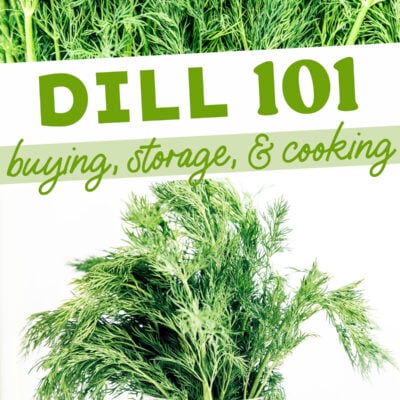
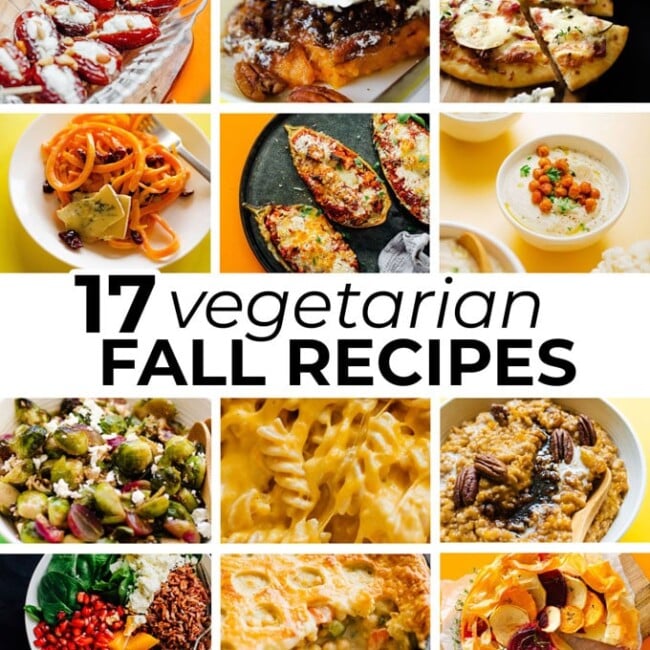
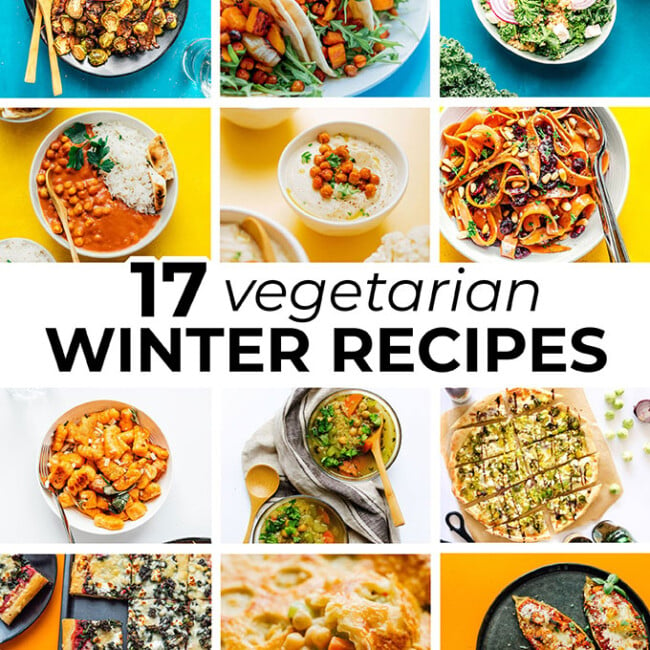
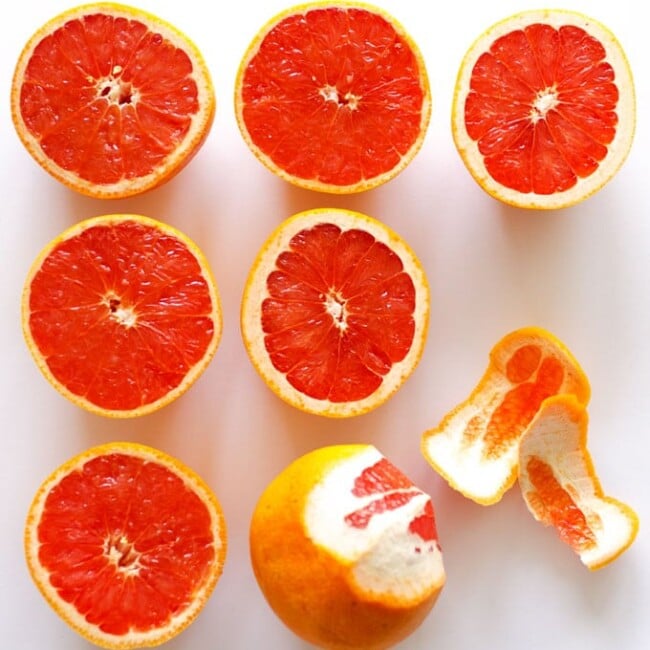
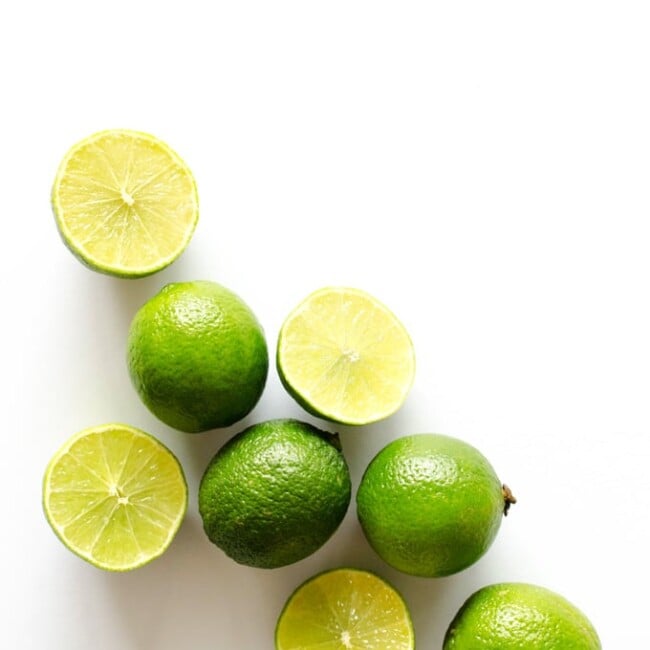
Maria nicomedrick says
Thank very much for the lesson concerning Dill plant, but again i would like you to help me if there is any similarities between dill and artemisia plant?
Sarah Bond says
I believe artemisia is in the tarragon family. Beyond that I’m not sure!